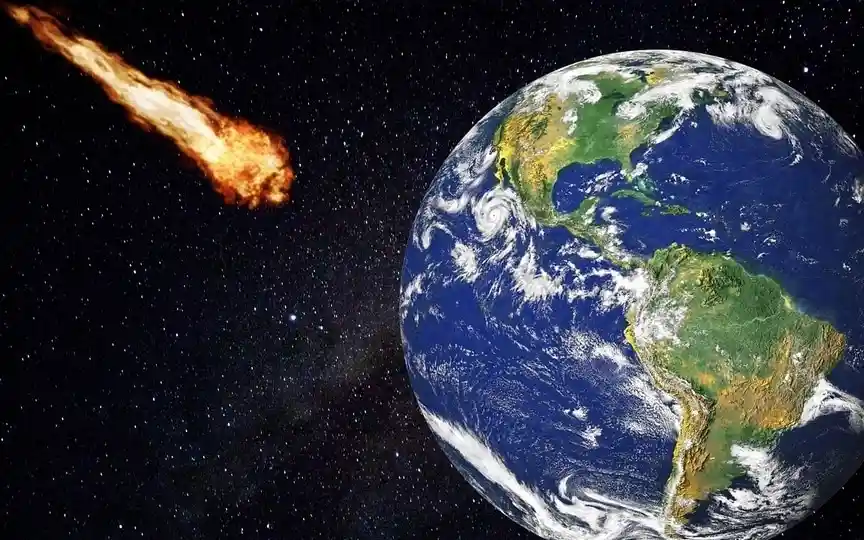NASA Warns of Asteroid Approaching Earth at 25785 kmph
In addition to NASA, various organizations are working together to establish protocols for protecting our planet from asteroids, as they pose a constant danger. The International Asteroid Warning Network (IAWN) and the Space Mission Planning Advisory Group (SMPAG) have collaborated to address this threat. IAWN focuses on creating protocols and communication plans to assist decision-making, while SMPAG is responsible for selecting the necessary technology to deflect Near-Earth Objects (NEOs) such as asteroids and determining the measures for planetary defense.
Meanwhile, in a separate development, NASA has issued a warning about an asteroid rushing towards Earth with the help of its advanced technical equipment.
Asteroid 2023 RF13: When will it pass Earth?
According to data released by CNEOS, the asteroid named Asteroid 2023 RF13 is rapidly approaching Earth and is expected to make its closest approach to the planet today, September 19. During its flyby, the asteroid will come within 4 million kilometers of the Earth. Although this distance may seem large, it is a relatively small amount in astronomical distances.
Asteroid 2023 RF13: How Fast Is It Going?
According to data released by NASA, asteroid 2023 RF13 is currently flying towards Earth at a speed of 25,787 kilometers per hour, which is several times faster than Intercontinental Ballistic Missiles (ICBM)!
Asteroid 2023 RF13: How Big Is It?
While not a planet killer, Asteroid 2023 RF13 is by no means a small rock. NASA estimates it to be between 82 and 183 feet wide, making it almost the size of an airplane! According to NASA, this space rock belongs to the Amor group of Near-Earth Asteroids, which are near-Earth asteroids with orbits outside the Earth but inside Mars, named after the asteroid 1221 Amor discovered by the Belgian astronomer E. Delporte in 1932.
World Asteroid Day
Every year, June 30th is World Asteroid Day, which aims to spread awareness and knowledge about the dangers of asteroids and the measures needed to protect the Earth from an impact. But what is the significance of this date?
According to NASA, World Asteroid Day is celebrated on June 30 every year to commemorate the Tunguska event. During this event, a carbonaceous asteroid crashed into Earth on June 30, 1908, in Yeniseysk Governorate, Russia. The explosion destroyed about 2,150 square kilometers of forest and burned the ground, causing a 12 megaton explosion.
David Morrison, a planetary scientist at NASA Ames Research Center, called this event “the greatest cosmic event ever witnessed by humans.”




